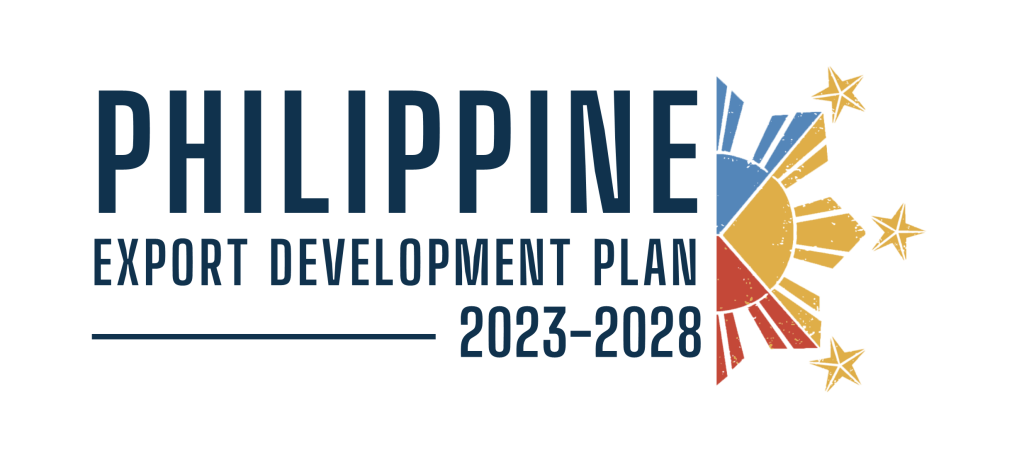
The Export Development Act of 1994 mandates the Department of Trade and Industry (DTI) to prepare the Philippine Export Development Plan (PEDP) to boost exports. While the Philippines has seen an increase in export earnings, it lags behind its ASEAN neighbors in export performance, except in the services sector. The country faces challenges in its weak agriculture sector and underlying structural weaknesses.
The PEDP aims to address these challenges, aligned with the Philippine Development Plan (PDP), and capitalize on export growth opportunities, considering global market trends. It seeks to undertake an industry development-centric approach to make the Philippines a major player in the global economy and achieve sustainable development goals. Philippine export competitiveness lies in the competitiveness of Philippine exporters and the ecosystem that supports it. Thus, it must develop reliable, design-driven, technology-driven, sustainable, and forward-looking exporters to become an Agile Export Powerhouse.
The PEDP will focus on four (4) key industry clusters: Industrial, Machinery and Transport (IMT); Technology, Media and Telecommunications (TMT); Health and Life Sciences; and Modern Basic Needs, Resilient Economy (MBNRE).
The Plan outlines three strategic actions to develop these export clusters: addressing production constraints, developing a strong and innovative export ecosystem, and increasing the Philippines’ mindshare in the global market. These actions will guide the implementation of industry-centric and firm-level interventions to support export growth.
The PEDP represents a shift in the government’s approach to export development, offering differentiated support levels for strategic industries while providing essential assistance to other sectors. It emphasizes pragmatic industry and firm-level interventions to amplify export competitiveness. In addition to priority industries, the plan recognizes the roles played by consolidators, MSMEs, intellectual property protection, and cross-border eCommerce in fostering export competitiveness.
Specific export targets aligned with the plan’s vision are developed under two scenarios: a benchmark expectation and ambitious PEDP targets. The plan emphasizes effective governance, monitoring, and evaluation to ensure successful implementation.
The PEDP 2023-2028 sets a clear direction and pragmatic approach for transforming the country’s export landscape. By promoting investments, facilitating trade, and developing key industry clusters, the plan aims to achieve substantial export growth and establish the Philippines as a producer of high-value products and services by 2028.
